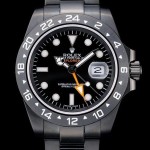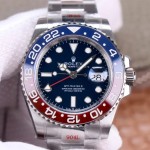Tudor vs Rolex: Unraveling the Distinctions
“In 1926, I registered ‘The Tudor’ brand and founded the Montres Tudor SA watch company, specializing in models in the same price range as Rolex, but using movements imported from Switzerland.” – Hans Wilsdorf 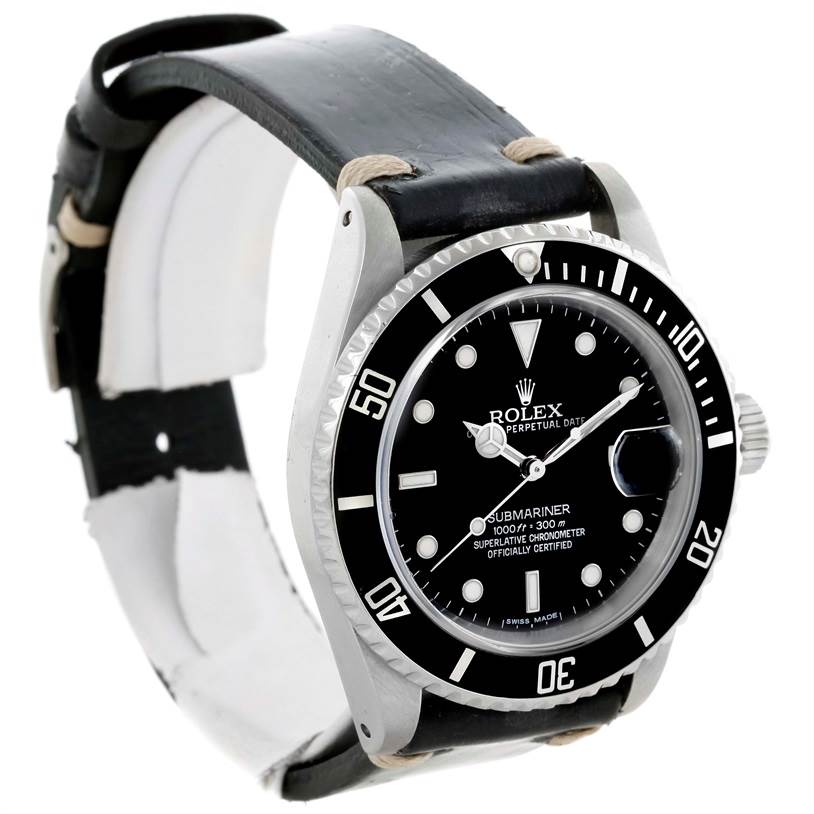
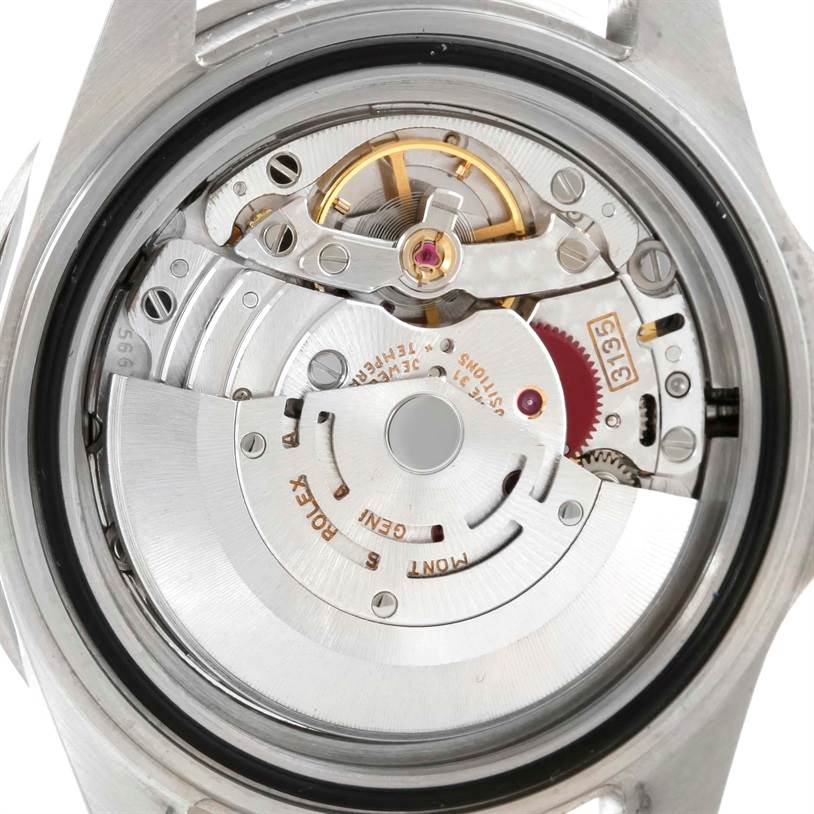
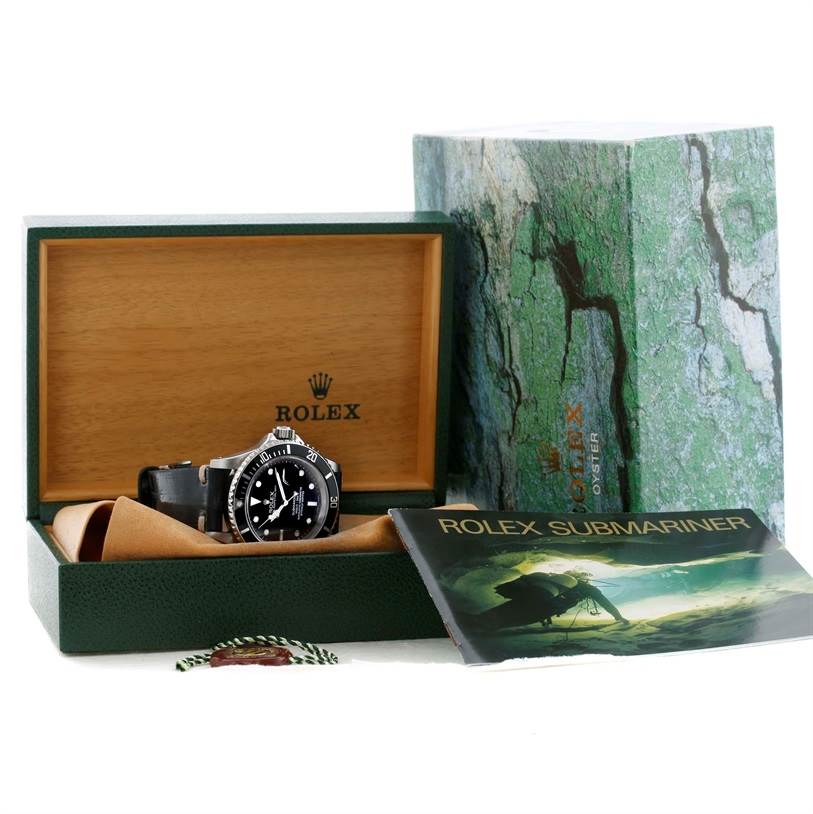
Tudor Oyster Prince Submariner (photo: Tudor)
Hans Wilsdorf, the visionary behind clone Rolex, established Tudor in 1926, just six years after founding Rolex. His vision was clear: to offer a watch of commendable reliability, echoing Rolex’s reputation, yet at a more accessible price point. Thus, Tudor emerged as a viable, albeit more affordable, alternative within the horological empire.
Wilsdorf’s commitment to Tudor’s success was evident in his strategic decisions. Notably, he endowed Tudor with two indispensable elements of Rolex’s legacy: the Oyster case and the self-winding ‘rotor’ movement. With these foundations laid, Tudor embarked on creating refined interpretations of Rolex’s iconic models, such as the Tudor Submariner ref 7922 and the Oyster and Prince lines.
Initially perceived as the underdog sibling to Rolex, Tudor underwent a transformative journey, culminating in its resurgence in 2010. Embracing a nostalgic allure, Tudor reintroduced vintage-inspired pieces like the Chrono, Pelagos, and Black Bay, carving its distinct identity. Today, Tudor appeals to discerning enthusiasts seeking durable tool watches without the overt prestige associated with Rolex.
Distinguishing Tudor from Rolex
In contemporary times, Tudor stands as an independent entity, diverging from its parent company’s path while drawing inspiration from its vintage repertoire. Unlike fake Rolex, which exudes a prestigious aura steeped in tradition, Tudor embodies a spirit of experimentation and boldness.
Rolex’s identity is anchored in its rich heritage, boasting enduring classics like the Submariner, Daytona, and Datejust. Renowned for their meticulous craftsmanship, Rolex watches incorporate traditional materials such as steel and precious metals, with an emphasis on in-house production since 2005. The brand’s roster of ambassadors further accentuates its aura of exclusivity, featuring luminaries like Roger Federer and James Cameron.
Conversely, Tudor embraces a more avant-garde ethos, epitomized by its bold designs and innovative use of materials like bronze, titanium, and nylon. With brand ambassadors like David Beckham and Lady Gaga, Tudor champions individuality and creativity, appealing to a dynamic clientele.
Movement and Material Mastery
Until recently, a key point of divergence between Rolex and Tudor lay in their movements. While Rolex embraced in-house calibers since 2004, Tudor relied on renowned Swiss manufacturers like ETA SA or Valjoux. However, Tudor pivoted in 2015 with the launch of its first in-house movement, the Cal. MT5621, signaling a paradigm shift towards self-sufficiency.
Rolex’s commitment to excellence extends to its meticulous control over materials, with the brand manufacturing its own metals since 2005. From specially formulated gold alloys to Oystersteel, Rolex’s materials epitomize luxury and durability, setting it apart from competitors like Tudor, which source materials externally.
Price Point Paradox: Tudor vs Rolex
While both brands epitomize luxury, their pricing strategies diverge significantly. Tudor occupies a more accessible price bracket, making it an attractive option for entry-level luxury enthusiasts. In contrast, Rolex commands premium prices, reflecting its unparalleled legacy and prestige.
For instance, the replica Rolex Oyster Perpetual and the Tudor Black Bay, considered entry models for their respective brands, exhibit a notable price differential. While the Oyster Perpetual retails for $6,100, the Tudor Black Bay offers comparable quality at a more modest $3,200, making luxury more attainable for aspiring connoisseurs.
Choosing Between Tudor and Rolex
In the perennial debate of Tudor versus Rolex, the answer lies in personal preference and lifestyle considerations. If one seeks a watch steeped in heritage and unparalleled craftsmanship, Rolex emerges as the quintessential choice. Conversely, Tudor appeals to those craving innovation, versatility, and a touch of rebellious spirit.


